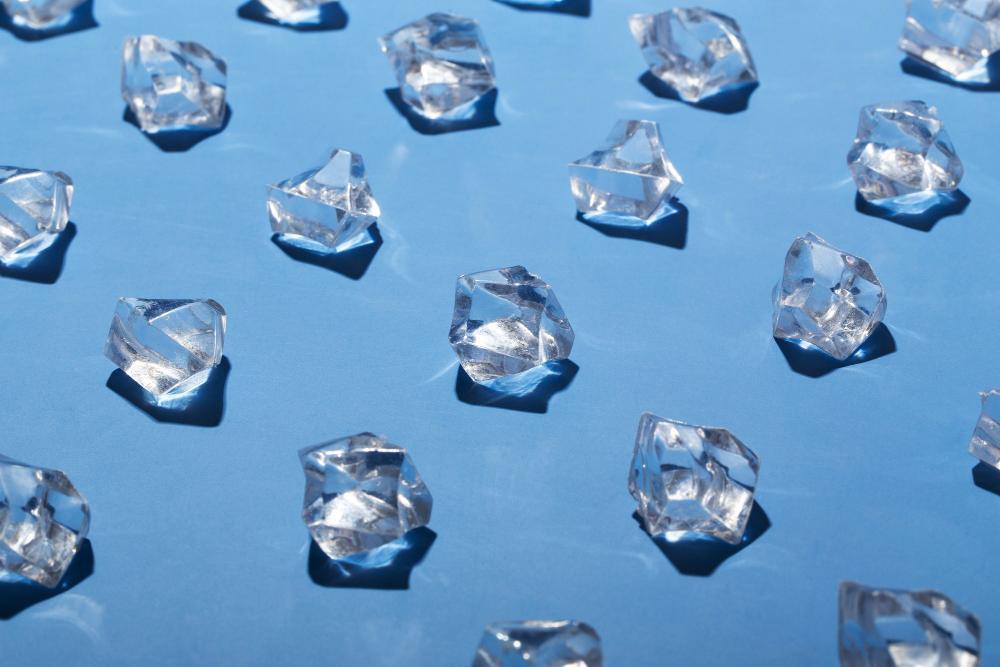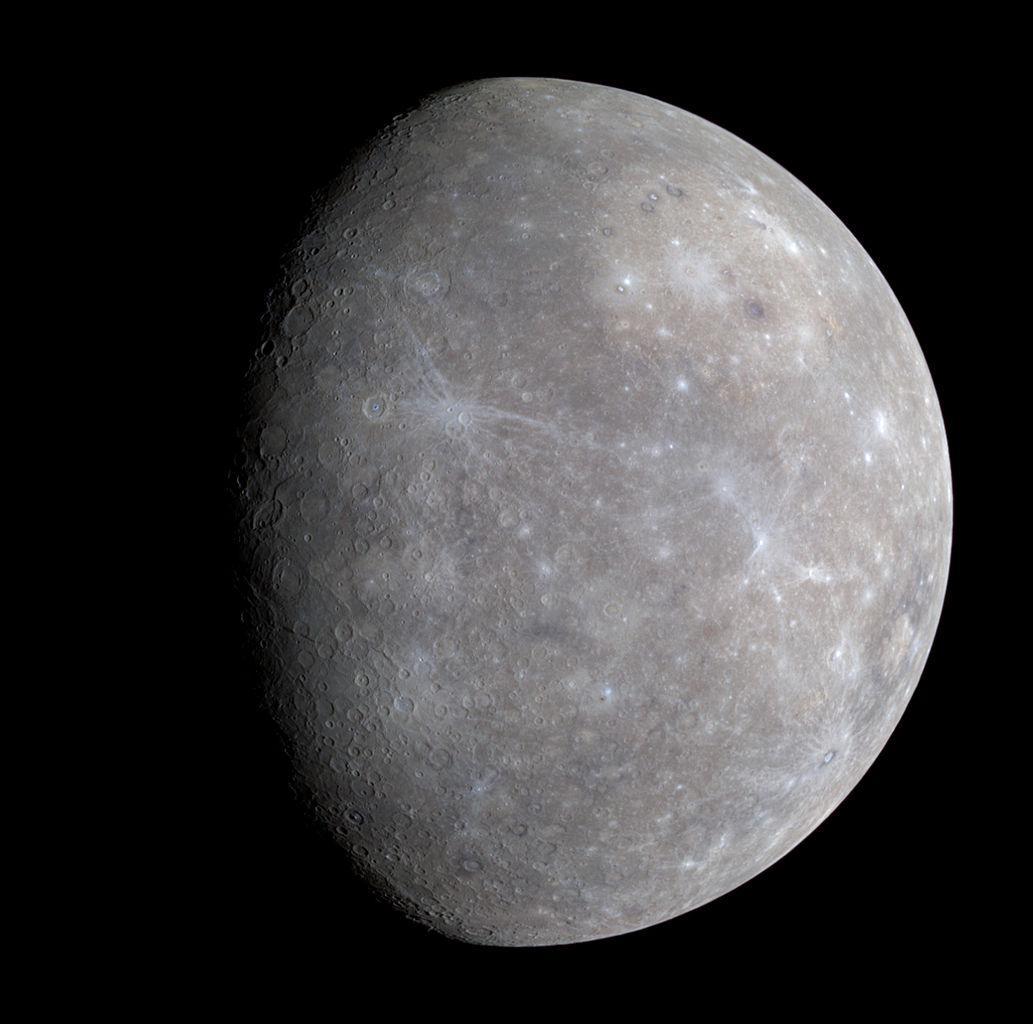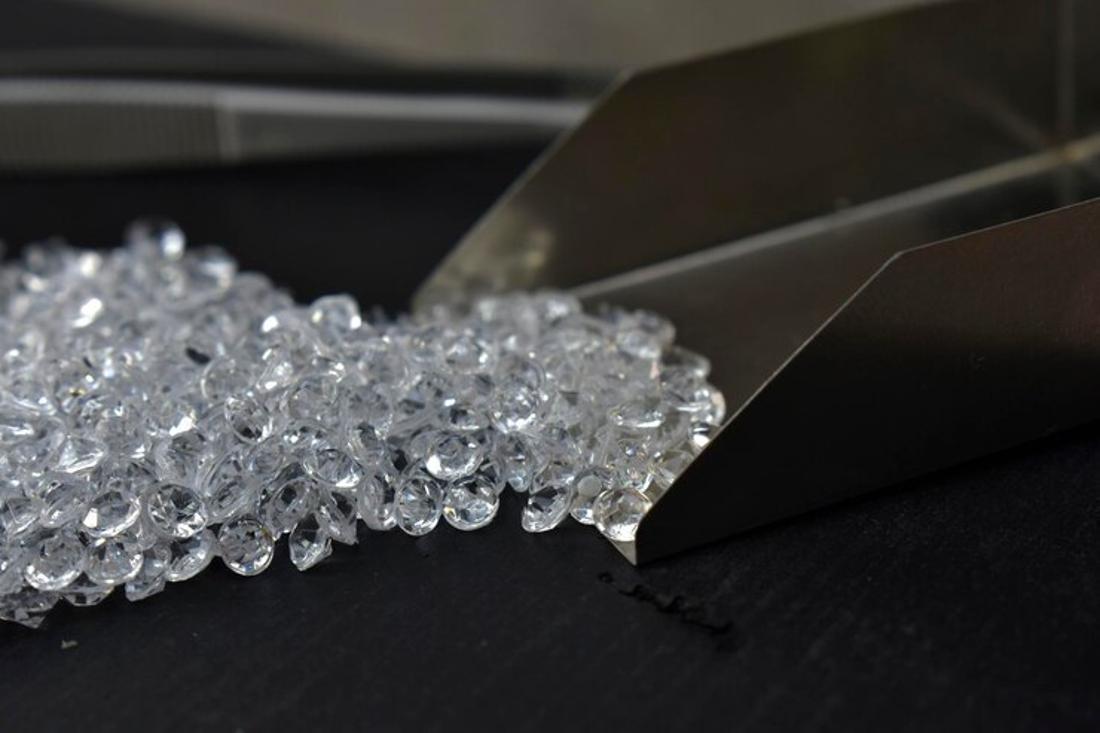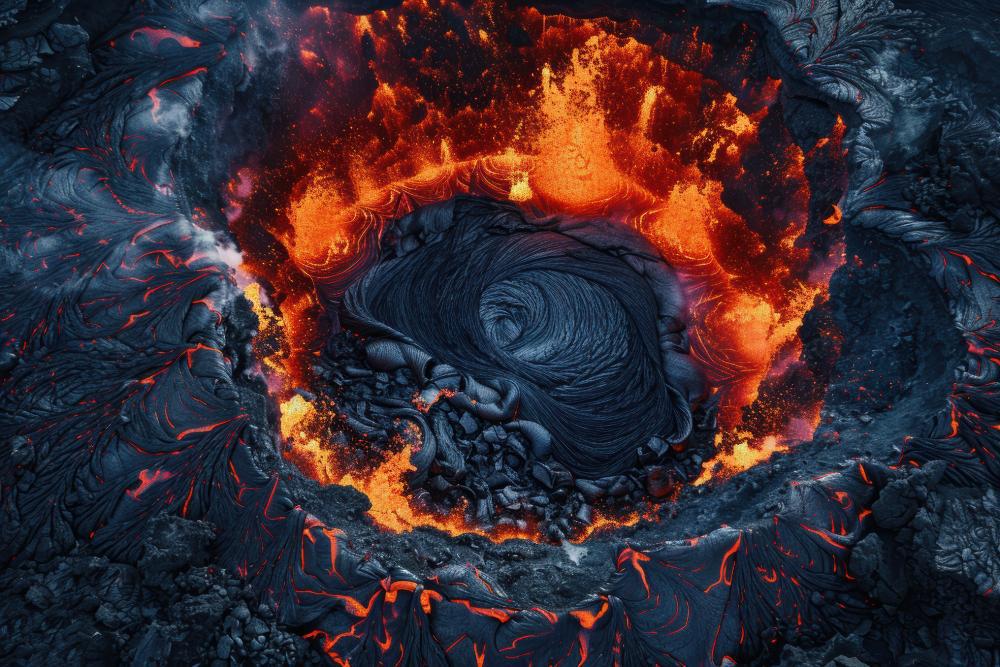Scientists Theorize Over $800 Billion Worth of Diamonds May Lie Hidden Beneath the Surface of this Planet
In a groundbreaking new study, scientists propose a staggering $800 billion worth of diamonds may be hidden deep beneath the surface of a planet in our solar system.
Researchers meticulously conducted several experiments and employed the help of computer simulations which suggest a 9-mile-thick layer of diamonds lurks beneath the surface of the smallest planet orbiting around the sun.
Planets in Our Solar System
Our solar system is a vibrant assortment of celestial bodies and objects orbiting around the sun, including our very own home, planet Earth.

Source: Wikimedia
With the aid of advanced technology such as spacecraft and telescopes, researchers have made significant strides in the study of our solar system’s planets, leading to some fascinating discoveries in recent years.
Billions of Dollars Worth of Diamonds Found on a Solar System Planet
One recent study conducted by a team of researchers took the scientific community by storm. It proposes that one of the planets in our solar system could be hoarding a 9-mile-thick layer of diamonds below its surface, per Live Science.

Source: Wikimedia
The team of researchers shared their findings in the journal Nature Communications.
The Planet at the Center of the Study
The planet at the center of the researcher’s attention is Mercury, a celestial body shrouded in mystery that’s fascinated researchers for centuries.

Source: Wikimedia
Mercury, the smallest planet in our solar system and the closest to the sun bears a striking resemblance to Earth’s Moon. Its terrestrial nature, with a solid surface made of rocks and metals, makes it a unique subject of study.
The Mysteries of Mercury
Mercury has fascinated researchers for centuries, having been first documented by the 17th-century astronomers Thomas Harriot and Galileo Galilei.

Source: Wikimedia
In recent years, several aspects of the planet have remained somewhat of a mystery, including its magnetic field. Despite being much weaker than Earth’s, researchers note that planets this small are not generally magnetized.
Hoards of Diamonds on Mercury
A recent study revealed the diamonds likely formed shortly after Mercury emerged as a planet some 4.5 billion years ago.

Source: Wikimedia
According to the study, the researchers conducted an experiment to observe how the developing planet took on its current form. The experiment was conducted using an anvil press, a machine employed to study how various materials behave under extremely high pressure.
Scientists Attempt to Recreate Pressure Witnessed Within Mercury
Bernard Charlier, head of the Department of Geology at the University of Liège in Belgium and a co-author of the study, detailed the nature of the experiment.

Source: Wikimedia
The anvil is a “huge press, which enables us to subject tiny samples at the same high pressure and high temperature that we would expect deep inside the mantle of Mercury, at the boundary between the mantle and the core,” he said.
Carbon Crystallizes Into Diamonds
It’s long been accepted that the pressure and temperature of Mercury’s mantle were sufficient for graphite to form from carbon. As graphite is lighter than the mantle, it floated to the surface of Mercury.

Source: Wikimedia
A 2019 study suggested that Mercury’s mantle was actually up to 80 miles deeper than initially thought. This would sufficiently increase the temperature and pressure witnessed at the core and mantle boundary, ultimately creating the perfect conditions for carbon to crystallize into diamonds.
Diamonds Formed by One of Two Processes
Olivier Namur, an associate professor at KU Leuven and co-author of the study, revealed that the researchers believe the diamonds formed from one of two processes.

Source: Wikimedia
“First is the crystallization of the magma ocean, but this process likely contributed to forming only a very thin diamond layer at the core/mantle interface. Secondly, and most importantly, the crystallization of the metal core of Mercury,” he said.
Researchers Combine Various Chemicals to Test Diamond Hypothesis
To better investigate this hypothesis, researchers from Belgian and Chinese universities conducted several tests combining various elements, including carbon, iron, silica, and iron sulfide.

Source: Freepik
Once the ingredients were combined, the chemical cocktails were subject to immense pressure using the anvil press. According to their study, the machine crushed the elements at 70,000 times the pressure of our planet’s atmosphere at sea level.
Ideal Conditions for Diamonds
In addition to the physical testing, the researchers used various computer models, which, according to Lin, shed valuable insight into the fundamental aspects of Mercury’s interior.

Source: Freepik
The results of the experiment revealed that adding sulfur to the chemical brew, an element that was likely present in the ancient magma ocean of Mercury, created the ideal condition for the formation of diamonds.
The Evolution of Carbon-Rich Exoplanets
The results of the experiment reveal that several aspects of Mercury’s formation led to the creation of a vast concentration of diamonds beneath its surface. But, the results may also lead to a better understanding of the evolution of carbon-rich exoplanets.

Source: Wikimedia
“The processes that led to the formation of a diamond layer on Mercury might also have occurred on other planets, potentially leaving similar signatures,” Lin said.
